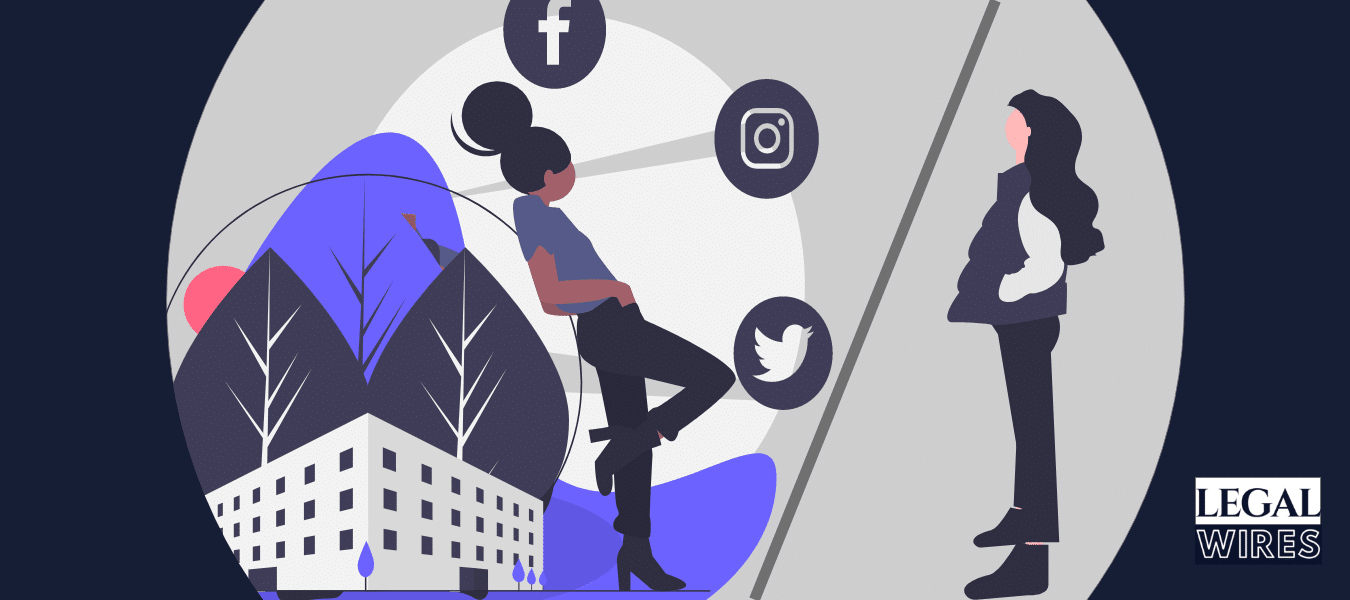The digital divide is a term that refers to the gap between demographics and regions that have access to modern information and communications technology, and those that don’t or have restricted access. This technology can include radio, mobile, television, personal computers, and the internet.

The digital divide is a term that refers to the gap between demographics and regions that have access to modern information and communications technology, and those that don’t or have restricted access. This technology can include radio, mobile, television, personal computers, and the internet.
Internet access & technology
Over the past decade, the ubiquity of computers and internet access has encompassed the majority of civilization. At the same time, a shift from paper to digital for everyday tasks over the last few years has transformed internet usage from a luxury to a necessity. Yet despite the exponential growth of technology in the digital era, there exists economic, educational, and social schism between those who have easy and unregulated access to the internet and those who do not. This issue of the ‘digital divide’ has remained largely unaddressed by both society and the government.
Since the outbreak, Covid-19 pandemic across India, schools, and universities were also immediately shut down, with no clarity to reopen, to contain the spread of the virus.
Therefore schools adopted online classes routine and had to change their way of teaching overnight, from physical classroom to online classroom. With all the available digital resources at the teacher’s home, they are conducting classes online, facing many challenges as limited bandwidth, personal computers, and phones unequal to professional work. Many will conclude that online classroom is not the only solution but they need to understand that it is the need of the hour. Looking at how the digital divide affects modern-day schooling, the major problem that exists is the lack of resources like access to computer technology, smartphones, and the internet.
Recently in the month of May government of India initiated a program called ‘PM e-vidya‘ with a vision to unify all efforts related to digital, on-line, and on-air education to enable multi-mode access to education i.e. technology-driven education will be the focus. So, that education does not suffer during the Covid -19 outbreak and students to get access to education from home. But According to the National Sample Survey Organization of 2018 estimated that among the poorest 20 percent of households, only 2.7 percent have access to a computer and 8.9 percent to internet facilities. In the case of the top 20 percent of households, the proportions are 27.6 percent and 50.5 percent, respectively. These figures make it clear that while moving the classroom online for education, it cannot be effective unless the existing inequities of the digital divide are addressed.
Also recently in a study aiming to analyze the access of technology during the pandemic titled “Scenario Amidst Coivd-19 On-ground situation and possible solutions” conducted by the child right NGO Smile Foundation. It surveyed 42,831 school children in 23 states at various school levels.
According to the study, 43.99 percent of the surveyed children had access to smartphones and 43.99 percent of students had access to basic phones while remaining 12.2 percent of children had no access to either smartphones or basic phones.
In total 56.01 percent of students were found to have no access to smartphones.
There are about more than 35 crore students in our country. It is very much disturbing that the majority of students are incapable to access the technology. As the schools are conducting online classes for their students daily, the major point they are missing is, not every student is able to have access to the technology to attend the class online. Families from rural areas and with low incomes are unable to provide computers or smartphones to their children.
According to the Telecom Regulatory Authority of India, in 2018, total internet density in the country stood at about 49 percent. Of that, 25 percent lived in rural areas and 98 percent in urban areas. The low broadband penetration and a majority of prepaid mobile connections suggest that large sections of the population are low on data, and consequently require subsidy.
Mobile phone subscriptions vs. income
There is much needed to be done in school education as a distant future depends upon it. There is an urgent need for support from the government and the IT industry. Projects like free distribution of laptops and tablets to the students by the state government of Uttar Pradesh in 2012, such a similar project seems essential now to make all students capable of receiving digital education. Such education shall provide equal access to the technology to each and every student. Both teachers and students need training for operating an electronic classroom and to deal with the digital workflow.
In the future with boom in technology, it will also worsen the digital divide leaving low income and rural areas behind. The battle for digital equality in education is far from over currently, the technology is considered as double edge sword which both helps and exacerbates the digital divide. It’s not one man’s task to bring digital equality, it is teamwork and collaboration of government and people, to come forward to explore a possible solution for narrowing down the digital divide.



